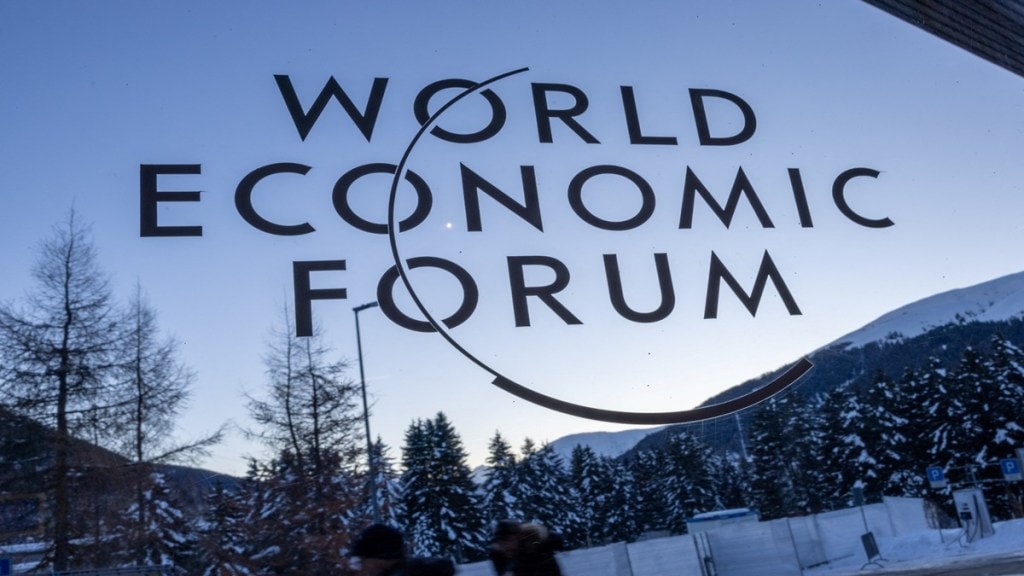The latest Chief Economists Outlook survey by the World Economic Forum has revealed “some optimism” among chief economists about the prospects of a sustained rebound in global growth.More than eight in ten chief economists expect the global economy to either strengthen or remain stable this year – nearly double the proportion in the previous report released in January. The share of those predicting a downturn in global conditions declined from 56% in January to 17% now, the report stated. But geopolitical and domestic political tensions cloud the horizon.
As many as 97% of the respondents anticipate that geopolitics will contribute to global economic volatility this year. A further 83% said domestic politics will be a source of volatility in 2024, a year when nearly half the world’s population is voting, the report said. Saadia Zahidi, managing director of the World Economic Forum, said that there is an urgent need for policy-making that not only looks to revive the engines of the global economy but also seeks to put in place the foundations of more inclusive, sustainable and resilient growth.
According to the survey, growth expectations have improved, though unevenly, across the globe. The survey reveals a significant boost in the outlook for the United States, where nearly all chief economists (97%) now expect moderate to strong growth this year, up from 59% in January. Asian economies also appear robust, with all respondents projecting at least moderate growth in the South Asia and East Asia and Pacific regions, the report said. “Expectations for China are slightly less optimistic, with three-quarters expecting moderate growth and only 4% predicting strong growth this year.”
The outlook for Europe, on the other hand, remains gloomy, with nearly 70% of economists predicting weak growth for the remainder of 2024. Other regions are expected to experience broadly moderate growth, with a slight improvement since the previous survey, the report said. The report notes that tepid growth prospects, combined with high interest rates and growing international fractures, limit policy-makers’ capacity to offset potential shocks and create space for much needed investments and structural reforms, particularly in developing markets.
On the current trajectory, global public debt is set to reach almost 100% of gross domestic product (GDP) by 2029, up from about 93% today and 84% in 2019. The near-term pressures are growing too, with debt servicing costs spiking by 10% in developing economies, and by almost 40% in low-income economies, in 2023-2024, the report said. In the next five years, almost seven out of 10 expect global growth to return to 4%, with 42% expecting it within the next three years. However, a sizeable minority (23%) of chief economists were much more pessimistic, stating that global growth will never return to 4%, pointing to the past era of higher growth as having been an anomaly rather than the norm.


